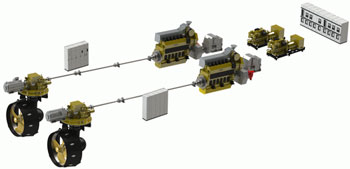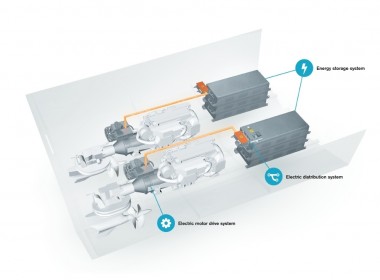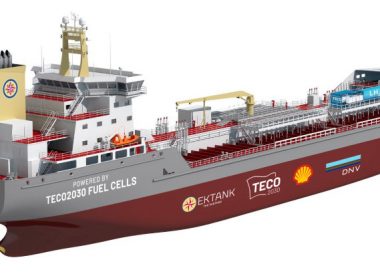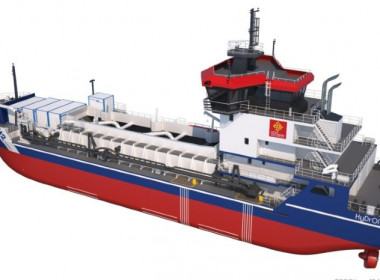Marine Propulsion News Roundup | October 6 – A new hybrid azimuthing thruster, an energy storage system for an offshore vessel, hydrogen and methanol dual-fuel projects

ZF introduces hybrid version of azimuth thruster model
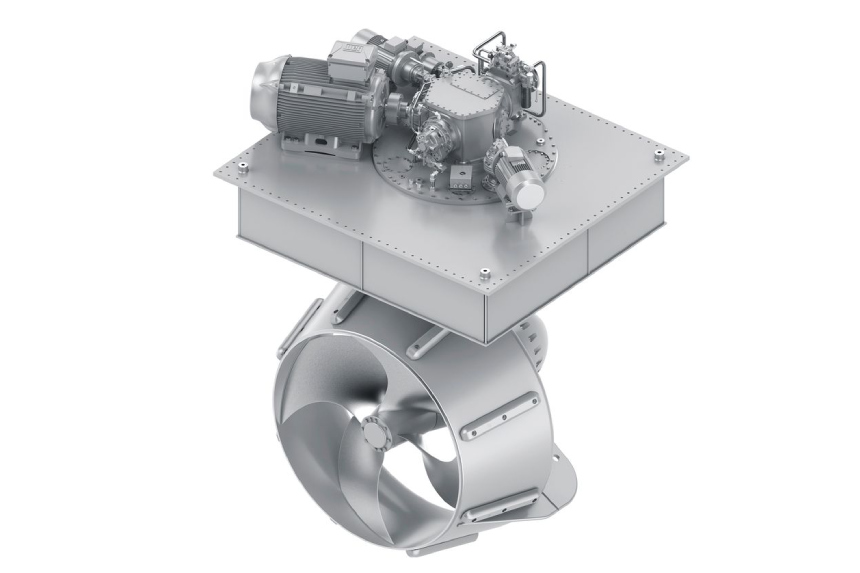
ZF recently unveiled a hybrid version of its AT 80 thruster system.
ZF said the hybrid solution is suitable for a wide range of professional vessel types with a performance range of approximately 900 kW to 1,600 kW.
The new hybrid ZF AT 80 is available as an azimuth thruster. ZF uses an electric motor placed at the upper gearbox’s Power-Take-In (PTI), whose performance is tailored to the individual vessel type and application.
Said applications include professional vessels ranging from tugs and pushers, ferries, research vessels, supply boats and others. It allows for full electric sailing and manoeuvring, which is essential in ports or waterways with strict emission and noise regulations.
The hybrid thruster can also be used as an additional booster, for instance when evading obstacles or increasing the top speed with the additional electric power.
When used in firefighting purposes, the hybrid setup eliminates the necessity for a more expensive controllable-pitch propeller. Here, the diesel engine and electric motor will separately drive the firefighting pump and thruster, respectively.
The ZF AT 80 is equipped with a special seal arrangement designed for biodegradable oil (EAL). Set up in anL-drive configuration such as a retractable or tunnel thruster, the ZF AT 80 is also available as a purely electrically driven solution.
The hybrid ZF AT 80 also offers the benefits of its conventionally powered counterpart, such as a hydrodynamically optimised design and easy installation.
Norwegian Cruise Line, MAN Energy solutions ink MOU on engine methanol retrofit
MAN Energy Solutions has entered into a memorandum of understanding with Norwegian Cruise Line Holdings (NCLH) in relation to a project to retrofit a medium-speed MAN 48/60 engine.
The retrofit aims to make the engine capable of dual-fuel diesel/methanol operation.
The MoU provides for a multi-stage project with the third and final stage involving the completion of field testing and engine handover to NCLH for commercial operation.
Subsea 7 construction vessel to be fitted with new energy saving system
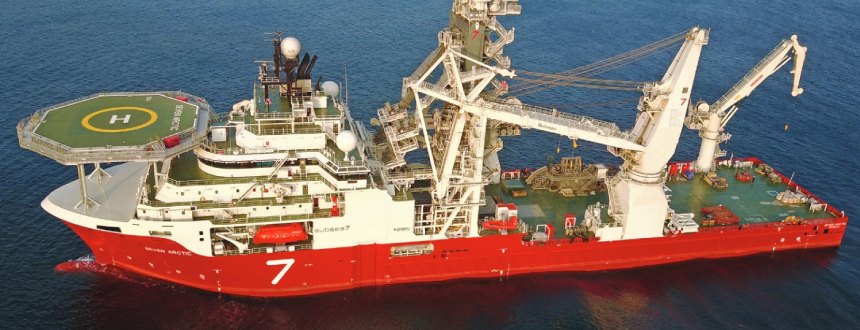
Subsea 7 has confirmed that the heavy construction/flex-lay vessel Seven Arctic is to be equipped with a new energy-saving and storage system.
The system will hybridise the vessel, which currently has a total installed power of 27 MW and DP3 classification and is suitable for worldwide operations in water depths up to 3,000 metres.
The energy storage system consists of a containerised battery room with a maximum power of 3,750 kW and 1,250 kWh of energy. The system also includes a connection for shore power.
Subsea 7 estimates that, based on the vessel’s operating profile, a reduction of 5,000 tonnes of CO2 emissions can be achieved.
The contract for supplying and fitting the energy storage system has been awarded to Bakker Sliedrecht.
Damen to supply propulsion units for pusher-barge newbuildings
Damen Marine Components (DMC) has received another order for the supply of new retractable tunnel thrusters, complete rudder systems, and bow thrusters for two new pusher-barge combinations under construction at Den Breejen Shipyard in Hardinxveld-Giessendam.
The yard will build the pusher-barge combinations on behalf of Rhenus PartnerShip. The vessels will sail on inland routes once completed.
DMC will also supply two nozzles, two high-efficiency propellers, two drive systems to simultaneously synchronise six rudders (three for each rudder), and a control system.
Volvo Penta, CMB.Tech to partner on dual-fuel hydrogen engine development
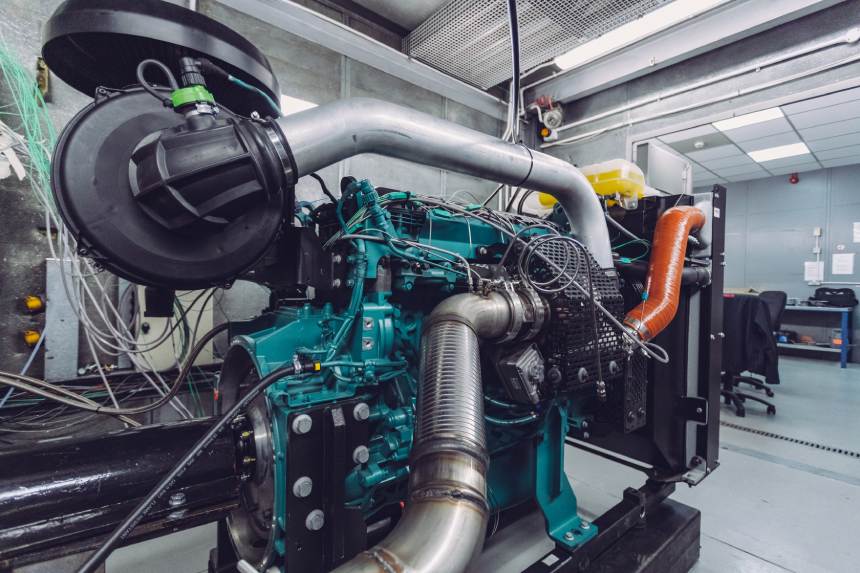
Volvo Penta and Belgian engineering and technology company CMB.Tech have formed a new partnership with the goal of developing dual-fuel, hydrogen-powered solutions for both on-land and at-sea applications.
The collaboration will include joint projects ranging from pilots to small scale industrialisation, providing increased access to the technology for reducing greenhouse gas emissions.
Volvo Penta said the dual-fuel solution’s main advantage is that it will reduce the emissions of greenhouse gases while at the same time provide a robust and reliable solution. Also, if hydrogen is not available, the application can continue to run on traditional fuel, reducing disruptions to productivity.
The design and testing of the hydrogen-injection system will take place at CMB.Tech’s Technology and Development Centre in Brentwood, UK. The Volvo Penta engines will be tested to further optimise the hydrogen-diesel injection concept.



